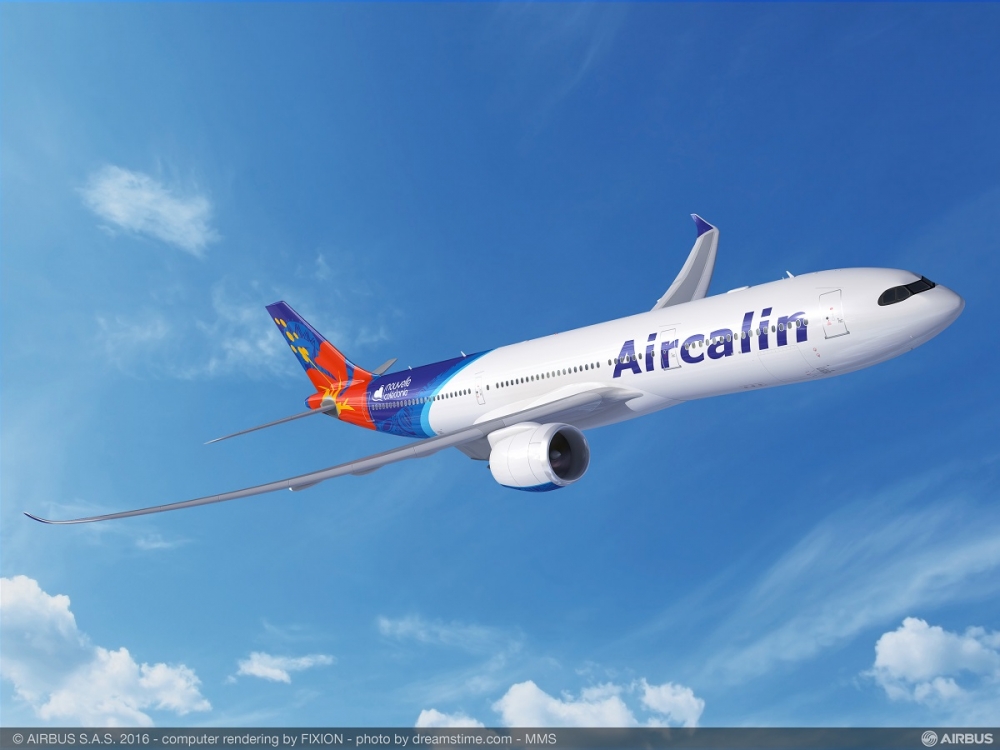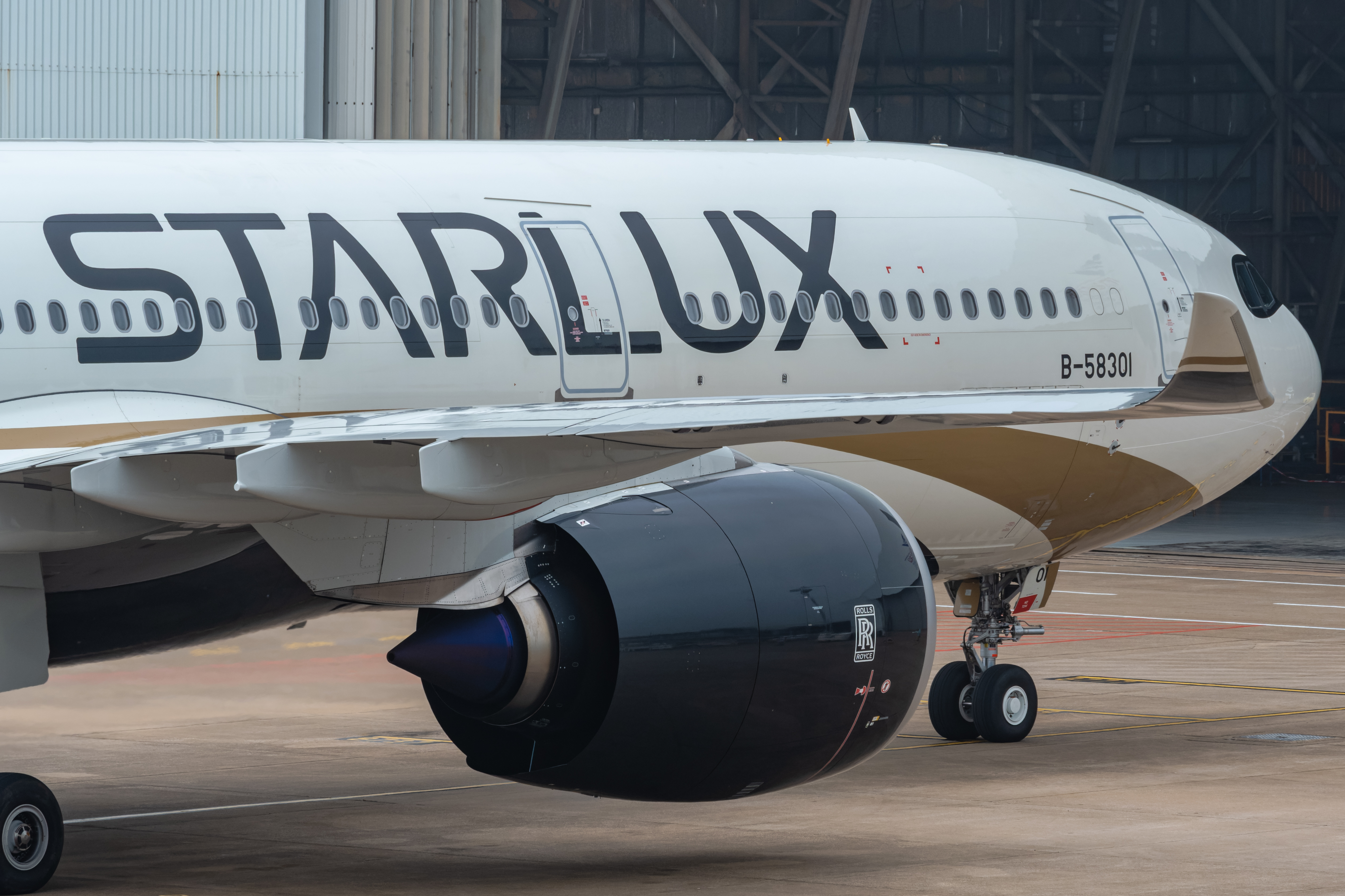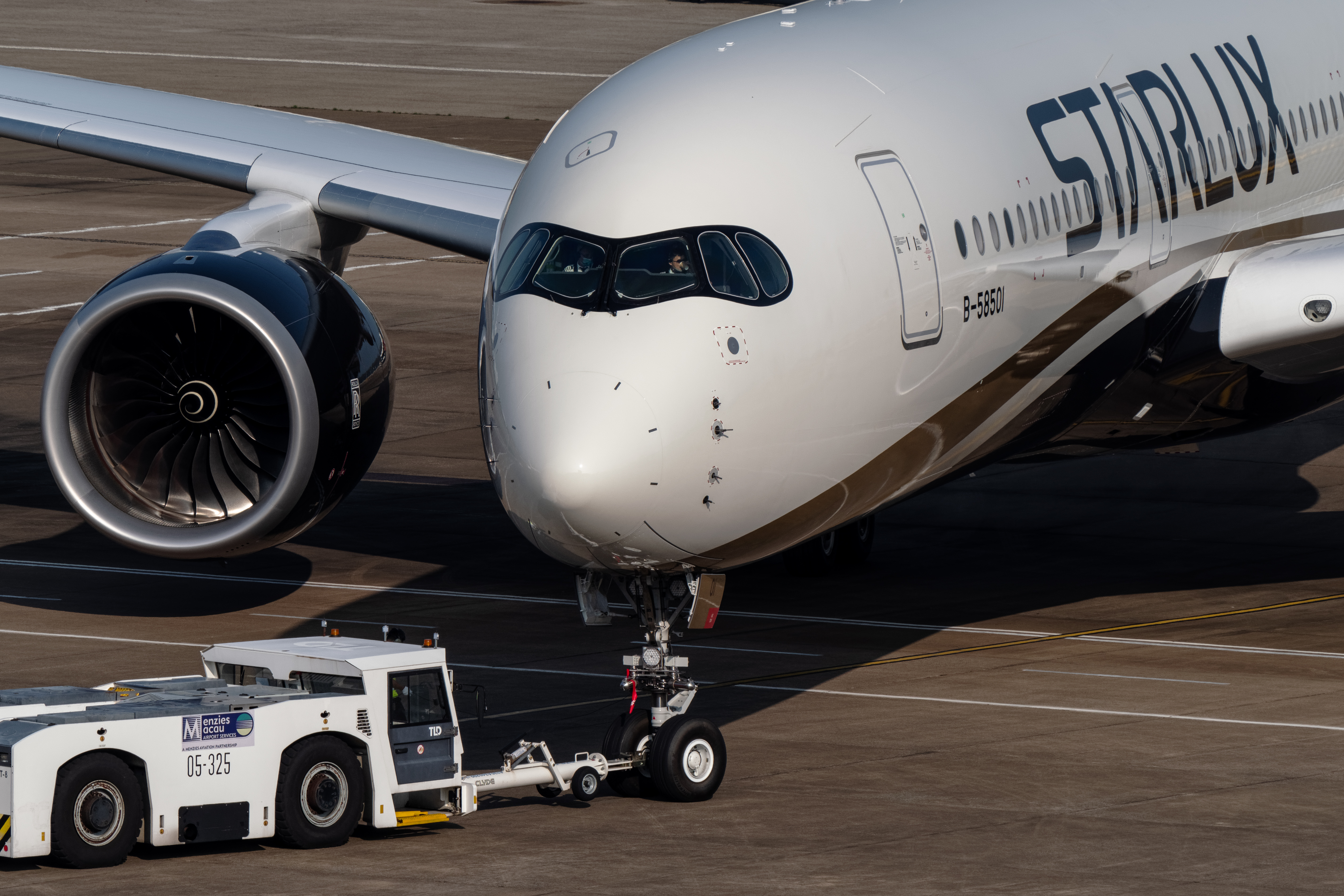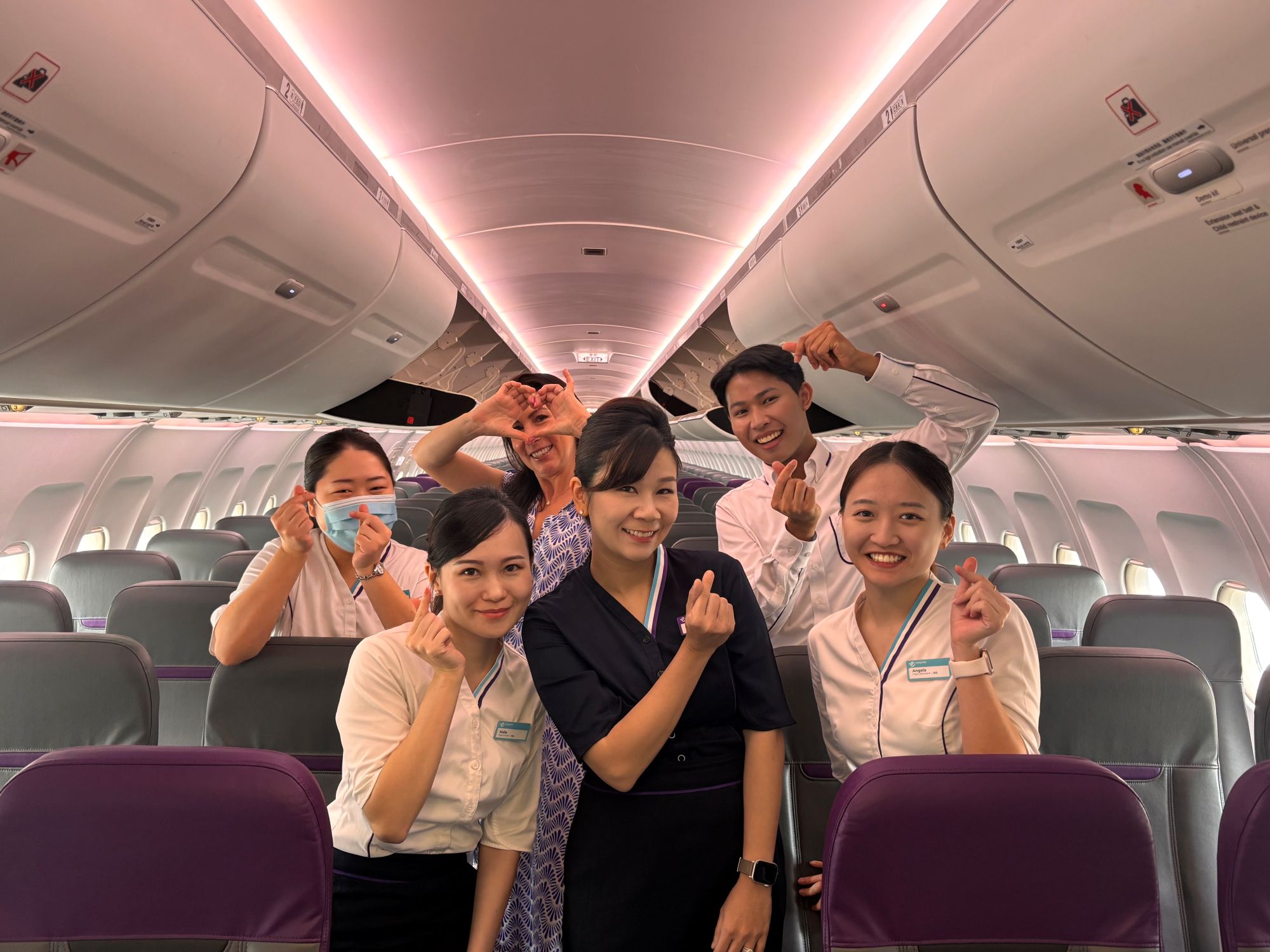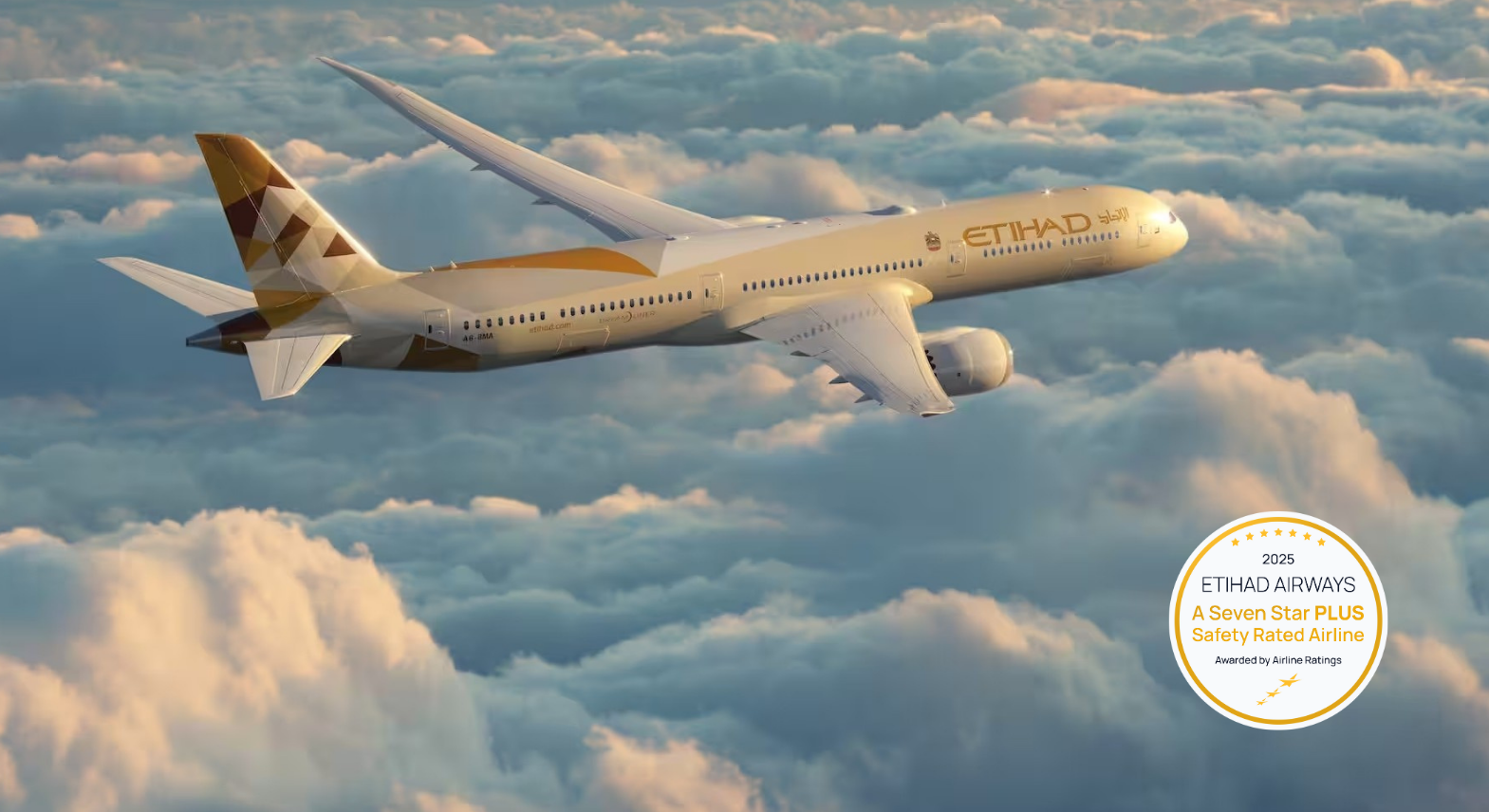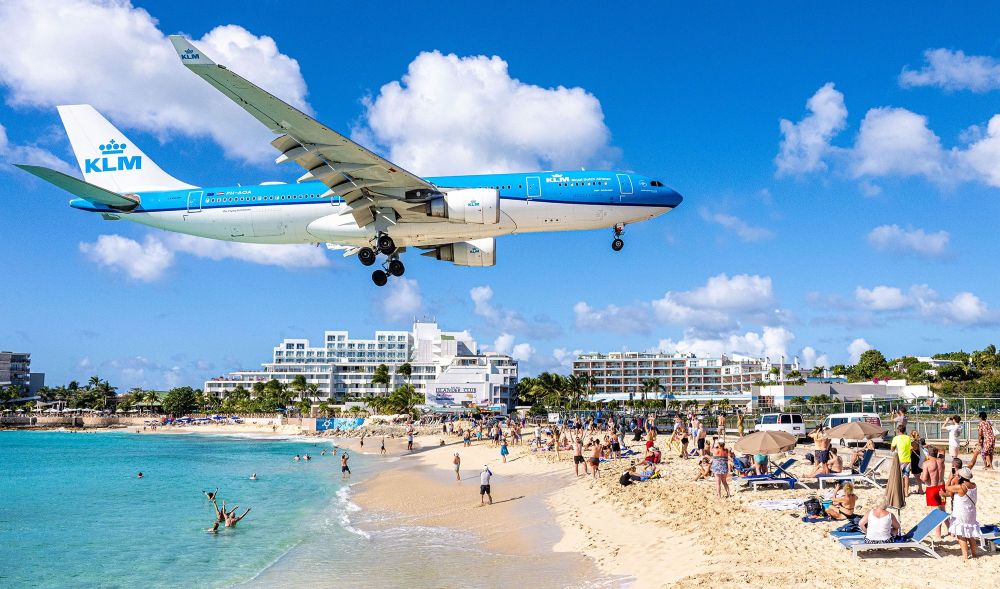By Steve Creedy
Published Mon Nov 28 2016
The toe-to-toe battle for aircraft sales in the Pacific region continues with Airbus registering a win on Tuesday with a maiden A330neo deal in the Oceania market.
New Caledonian carrier Aircalin signed an agreement for two A320neos and two A330-900 aircraft at a ceremony in the French territory but has yet to reveal details about engines or cabin configuration.
The narrow bodies will be deployed on existing regional routes such as Australia and New Zealand, while the A330neos will boost services to Japan as well as potentially open new routes to destinations such as China.
Airbus touts the A330neo as the most cost-efficient aircraft in its size category, offering a 14 per cent reduction in fuel burn, a longer non-stop flying range of up to 4000 nautical miles and the lowest maintenance costs of any aircraft.
It hopes other airlines will take note of the Aircalin decision.
“They may only be a small airline but I think they’re well known for being very well run, very dependable and all of that,’’ Airbus executive vice president Europe, Africa and the Pacific Christopher Buckley told AirlineRatings from Noumea. “Hopefully it will lead to a few other A330neos elsewhere … so it’s an important one for us.’’
Although not the biggest of markets, Oceania — which includes Australia, New Zealand and the Pacific islands — is still forecast to require more than 1000 new aircraft over the next 20 years worth $US160 billion. Passenger traffic in the region is expected to grow at a respectable clip of 4.7 per cent per year.
Both major manufacturers are counting coup wherever they can and Buckley conceded competition was tough.
Boeing announced last week that Fiji Airways had inked a deal to replace five Boeing 737s with five B737 MAX’s to be used on the carrier's short- and medium- haul network to destinations such as Australia, New Zealand, Hawaii, Kiribati, Samoa, Solomon Islands, Tonga and Vanuatu. The first two of the five brand new B737 MAX 8 aircraft will arrive in 2018 with the others coming a year later.
Fiji Airways chief executive Andre Viljoen said the decision had been made after “an extremely exhaustive procurement and selection process’’ that highlighted improved operating economics and product enhancements as compelling reasons for the decision.
It was a similar story at Aircalin on Tuesday as chief executive Didier Tappero outlined the reasons for sticking with Airbus.
“As part of our plan to boost tourism to New Caledonia, Aircalin has made a strategic decision to renew its complete fleet with the A320neo and the A330neo to grow routes and connect New Caledonia to the region,” Tappero said. “The neo aircraft, with its state-of-the-art technology, will burn less fuel, lower our operational costs and offer our loyal passengers the highest standards in cabin comfort.”
Buckley argues his US rival is competing even more aggressively because it needed to fill 737 MAX production slots as it continues to ramp up the rate at its Seattle factory. But he said Airbus was still ahead.
He cited one Airbus advantage as the flexibility provided by the bigger A321neo, a plane taken by Air New Zealand and which gives the A320 family a variety of ranges and capacities. He also believed the A320 family was best for the passengers and had superior economics.
“We never underestimate the competition out there,’’ he said. “We just have to make sure the airlines understand exactly what our aircraft can do. ‘’
One sale Airbus is keen to make in Oceania was highlighted on Friday when latest version of Airbus A350, the bigger A350-1000, took to the air on its first test flight.
The A350-900 is already in service and Buckley said the manufacturer was pleased with the way it was travelling, despite some “little niggles’’.
“It wouldn’t be any secret to say we’d certainly love to see some 350s in this part of the world,’’ he said, noting there were long-term opportunities for he aircraft as Boeing 777 replacement at Air New Zealand and as a Boeing 747 replacement at Qantas.
Airbus is particularly interested in Qantas plans for ultra long-haul routes to destinations such as Europe and is introducing a ULR version of the A350-900 for Singapore Airlines.
“We’d be extremely interested in trying to make something work at Qantas with future derivatives, what we might call an ultra-long range version of the 350-900s and potentially the -1000 as well,’’ he said, noting that the question was what Airbus could offer in the gap between its A380 superjumbo and the Boeing 787-9.
“So in the long term, and I think it is quite the long term, there is a window of opportunity.’’
Have questions or want to share your thoughts?
Get In Touch